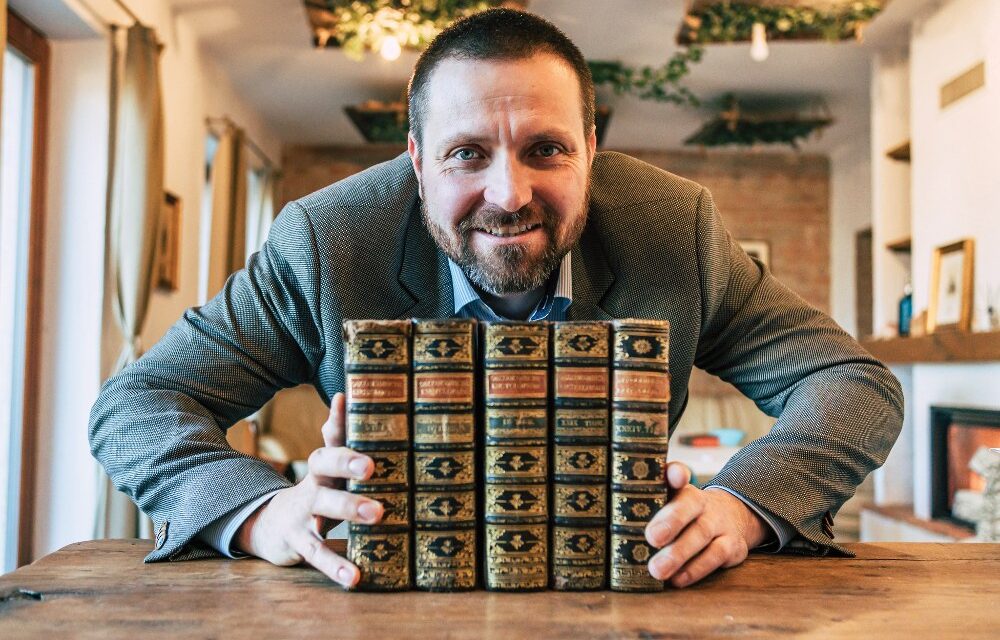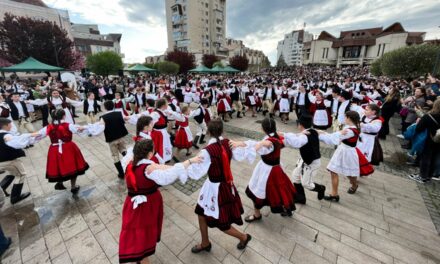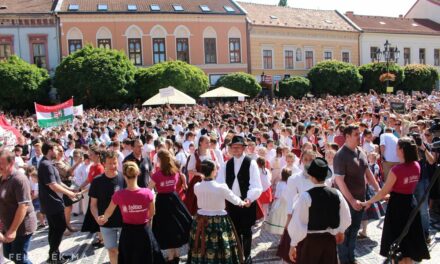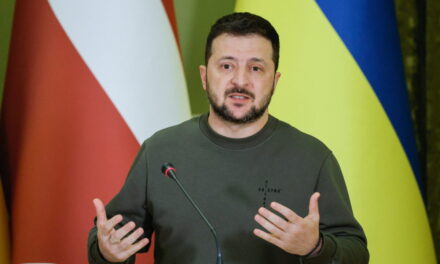"Persistence and standing firm in all circumstances is the only way to remain a minority," says Orsz Orosz, value-saving and rights-defending activist who was awarded the Highlights of Hungary award in the spring and recently the Slovak Civil Order of Honor, the president of the Sine Metu Civic Association, the He is the chairman of the culture and tourism committee of the Nyitra district municipality.
Dunamocs is a colorful Hungarian village, separated from the motherland only by the Danube as a result of the two fatal peace treaties. Örs Orosz Orosz was born and grew up here, in a strong Hungarian, patriotic environment.
"It definitely defined my identity. In my home village, since 1920, the bell has been rung every day at 4:30 to commemorate the signing of the Trianon Peace Treaty. "I didn't know for a long time that in 1949, when the easing began, the first Hungarian school was reopened here, because the women broke down the door of the closed building and forced their pre-war cantor teacher in to teach," he says.
Born in 1985, his interest in national studies was mostly shaped by the fact that his mother, a chemist, comes from the western block area, and his father, a mechanical engineer, comes from the east, from Jászó, the northernmost Hungarian scattered village. "This east-west presence was decisive, during family trips I saw really beautiful landscapes, the regions of Gömör, Abaúj and Torna, I wanted to examine them in detail."
He went to high school in Komárom, and not only did he fall in love with the city, he and his city classmates also fell in love with the Dunamoc region. He organized patriotic tours for them, and over time he also got involved in the organization of the national patriotic bicycle tour, and was even the main organizer on several occasions. He was already interested in geography then, and later specialized in political geography - specifically in Prague, at the Károly University.
"During Czechoslovakian times, studying in Prague was not only prestigious for Hungarians from the highlands, but it was also an escape route, as the anti-Hungarianism prevalent in Slovak colleges was less or not present here," he explains. At the turn of the millennium, this was more characteristic of Slovakia anyway.
As a typical Russian experience, he recalls that during a ski trip to Tatralomnice, the owner himself came to their table in a cafe and forbade them to speak Hungarian.
By the way, he learned Czech at the University of Prague before Slovak. But he doesn't mind, and he doesn't mind the fact that he grew up not a stone's throw south, in the motherland: "It's true that as many languages as you speak, you are as many people, because every foreign language broadens your horizons. As a Hungarian, one can only really get to know the Visegrad, Central European living space by having a Slavic language."
The years in Prague were decisive for Russia as well. "It was a cohesive, good team. As Hungarian children from the highlands, we were fueled by patriotism, the will to do something, and the idea of my public activity, bilingual southern Slovakia, and the promotion of bilingualism was born there."
The idea also took shape in the form of the Bilingual South Slovakia movement from the collaboration of university students studying in Prague and Budapest. In the 2010s, mostly anonymous members of the movement drew attention to the status of the Hungarian language with, among other things, spectacular poster campaigns and flash mobs, and as Orosz puts it, the old members "are still active people today who do things for the community and do their work in other positions. their business".
By the way, the Gombaszög summer camp, which has since become the largest Hungarian-language event in Slovakia, also has its origins in Prague: university students there created its first version in 1928.
The camp, which in the meantime was on the brink of discontinuance, was finally taken over in 2009 by the ambitious members of the Student Network, which unites students from Russia and the Highlands; their success is indicated by the fact that in the last year before the coronavirus epidemic, 30,000 visitors came to the event, which also functions as a festival, free university and social roundtable, and half a thousand programs, team games, performances and concerts awaited them. "Today there are more organizers of the camp than there were participants," recalls Orosz.
What makes the event special is the fact that people with different worldviews can sit next to each other, which is in (mushroom) sharp contrast to the scurrying everyday politics. As Orosz points out, Hungarians from the highlands do not have such a cohesive tradition as those from Transylvania, and disunity leads to political failure; the community, due to its size, must tolerate a diversity of opinions.
"There can be a majority opinion, but we cannot share other opinions, and Gombaszög has become a kind of symbol of this, because there everyone gets the autonomy they deserve in program creation."
Orosz is not very optimistic about the future of the joint Hungarian party, the Alliance, which he partially brought under the roof: "They have immersed themselves in regional issues, and it seems to me that they are renouncing their national ambitions. But I still trust the life instinct of the community.”
His biggest concern is fueled by the demographic processes of Hungarians in the highlands: "I was afraid of our community for the next thirty years, and if the institution of ethnic politicization fails, and it is in the cards for this election, then we have to settle for a different strategy for asserting our interests."












